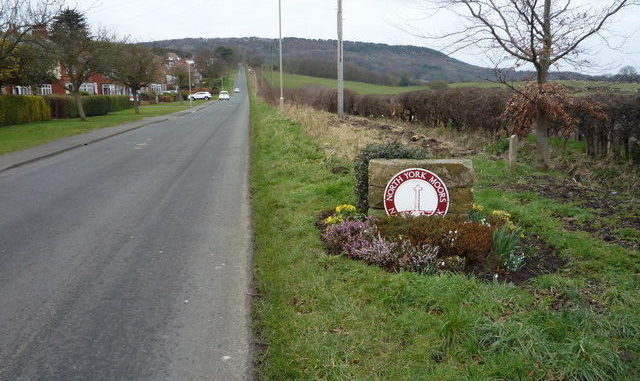
Bosses of a national park facing a £485,000 black hole in its budget next year are pressing forward with plans to overcome dwindling government funding by fundamentally changing the way it works.
Tom Hind, the North York Moors National Park’s chief officer, told a meeting of the park’s authority it was in a “fortunate position” compared to many of the country’s other national parks which ar facing making significant cuts in staff and services, but action was needed to further diversify its sources of funding and increase partnership working.
Without having approved controversial development proposals such as the polyhalite mine near Whitby and Boulby Mine and receiving millions of pounds in mitigation payments annually, the situation in the North York Moors could be very different, members heard.
Mr Hind’s comments come just weeks after his counterpart in the Yorkshire Dales, David Butterworth revealed the 40 per cent real terms cut to national parks in government funding over the last decade had left most facing a funding crisis.
While the Yorkshire Dales park authority is forcecasting a budget shortfall of £1.3m by 2025, the largest deficit of any English authority, the North York Moors meeting was told the continuing freeze on government funding meant “there may be tough decisions to be taken in terms of what activity we can deliver”.
The meeting heard the authority was pursuing a “cultural shift” in which working with partners would be a cornerstone to delivering ambitions, such as conservation and tackling climate change, and services would increasingly become externally funded.
Mr Hind said: “We should consider ourselves to be in a really fortunate position as a national park authority that we are not having to make significant cuts to activity or our workforce.
“For some of my counterparts, there are some really tough decisions being made across the family of national parks precisely because our income in reals terms is declining, it is being cut, and our cost basis is rising as a family.”
Concerns were raised over income being raised through visitors’ car parking charges, especially as on average about one in five motorists did not pay when they visited car parks in the national park. Despite inflation, the meeting was told, the authority had not increased its parking charges since 2019.
The meeting also heard members question the extent to which the authority had the ability to enforce car parking charges to increase its income and whether it should introduce automatic measures to ensure people paid, such as number plate recognition cameras.
Members were told the authority had “light touch” enforcement and was examining measures to improve compliance with parking charges without introducing a “hard line” approach.
Members highlighted concerns that tougher car parking measures could see motorists parking along country lanes and by-ways.
The authority’s chairman Jim Bailey said it was in a more resilient position to other national parks because it had actively sought new income streams, before adding: “We still have a gap to find.”
Mr Bailey said: “I passionately believe that as an authority we need to be serving the base of the public. It’s very easy for those who can afford it least to get lumbered with the costs. Providing a great value service and a light touch enforcement, trustworthy and helpful is absolutely our unique selling point. When we need some money we need to go to the public last.”


Be the first to comment